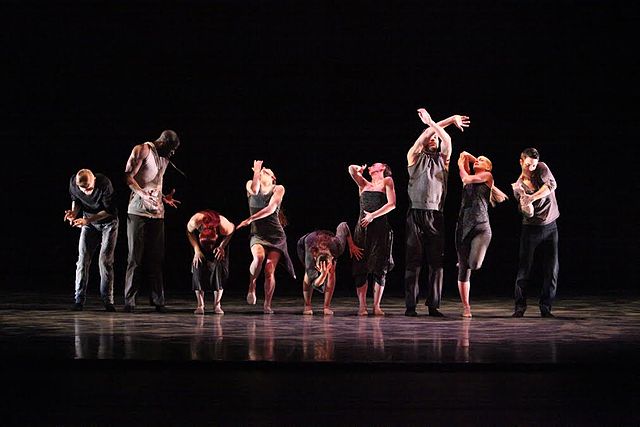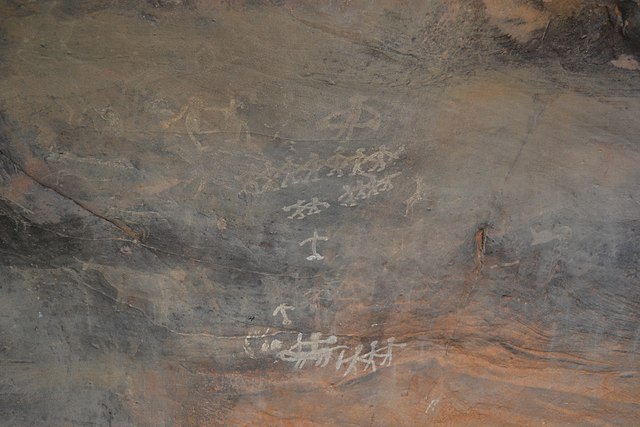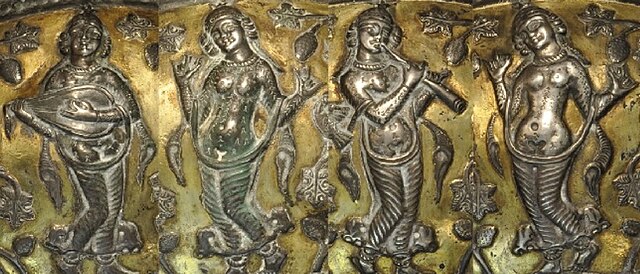Sources for an understanding of dance in Europe in the Middle Ages are limited and fragmentary, being composed of some interesting depictions in paintings and illuminations, a few musical examples of what may be dances, and scattered allusions in literary texts. The first detailed descriptions of dancing only date from 1451 in Italy, which is after the start of the Renaissance in Western Europe.
Dance with musicians, Tacuinum sanitatis casanatense (Lombardy, Italy, late 14th century)
From a manuscript of the Roman de la rose, c. 1430.
Lorenzetti 1338-40
Fresco at Ørslev church, Denmark
Dance is an art form, often classified as a sport, consisting of sequences of body movements with aesthetic and often symbolic value, either improvised or purposefully selected. Dance can be categorized and described by its choreography, by its repertoire of movements or by its historical period or place of origin. Dance is typically performed with musical accompaniment, and sometimes with the dancer simultaneously using a musical instrument themselves.
Two modern dancers
Members of an American jazz dance company perform a formal group routine in a concert dance setting.
Mesolithic dancers at Bhimbetka
Dancers and musicians on a Sasanian bowl, Iran








